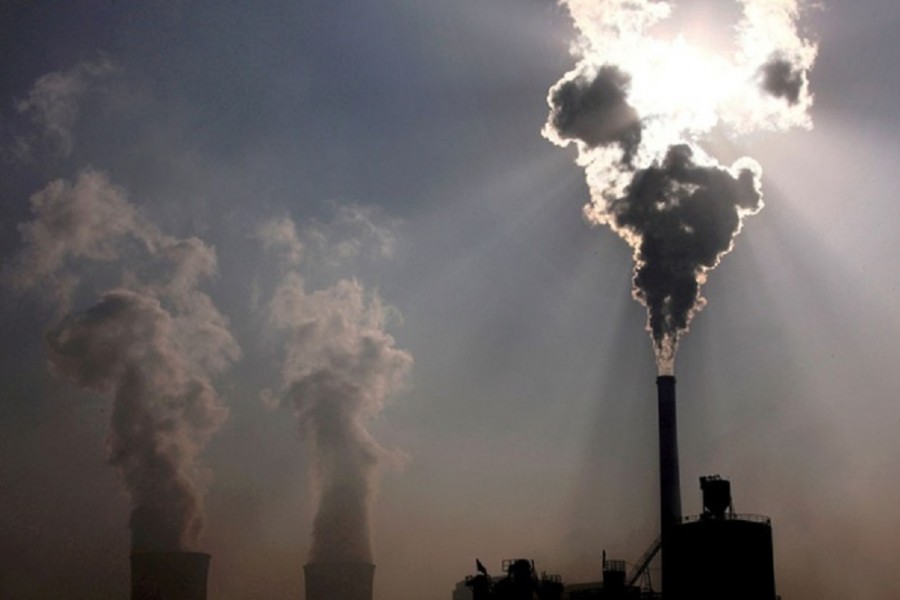
Published :
Updated :

A World Bank report on Tuesday showed more than a fifth of the world's greenhouse gas emissions are now covered by a price on carbon dioxide (CO2) emissions to help meet climate goals.
A carbon cost can come in the form of a tax or via an emissions trading (ETS), or cap-and-trade, scheme.
An ETS sets a gradually decreasing cap on the emissions a sector, or group of sectors, can produce. It creates "carbon permits" for those emissions, which companies must buy for each tonne of CO2 they emit. Some sectors are given free permits to help maintain international competitiveness.
Below are some of the major carbon emissions trading systems around the world.
BRITAIN
Britain launched a domestic ETS in 2021 after leaving the European Union scheme following Brexit. It covers power plants, aviation and energy intensive industries.
CHINA
A national ETS covering the power sector was launched in 2021 following pilot schemes in provinces and cities including Beijing, Chongqing, Guangdong, Hubei, Shanghai, Shenzhen and Tianjin.
EUROPEAN UNION
The world's largest ETS, which started 16 years ago, is mandatory for all 27 EU members, plus Iceland, Liechtenstein and Norway, covering power plants, aviation and energy intensive industries.
KAZAKHSTAN
Its scheme started in 2013. It was suspended in 2016 and relaunched in 2018 after undergoing reforms. It covers the energy sector, mining and chemical industries.
MEXICO
A three-year pilot scheme was launched in 2020 covering the power, oil and gas, and industrial sectors.
NEW ZEALAND
Its ETS, which began in 2008, covers electricity generators, manufacturers of liquid fossil fuels including petrol and diesel. Some forest owners are given free permits, others can voluntarily join the scheme.
QUEBEC
Its scheme was launched in 2012 and covers electricity and energy intensive industrials.
SOUTH KOREA
Its ETS started in 2015. It covers about 600 of the biggest emitters, collectively responsible for almost 70 per cent of the country's annual emissions.
UNITED STATES
The United States does not have a national ETS, but many regions and states use carbon pricing, such as California and states covered by the Regional Greenhouse Gas Initiative (RGGI): Connecticut, Delaware, Maine, Maryland, Massachusetts, New Hampshire, New York, Rhode Island, and Vermont.


 For all latest news, follow The Financial Express Google News channel.
For all latest news, follow The Financial Express Google News channel.